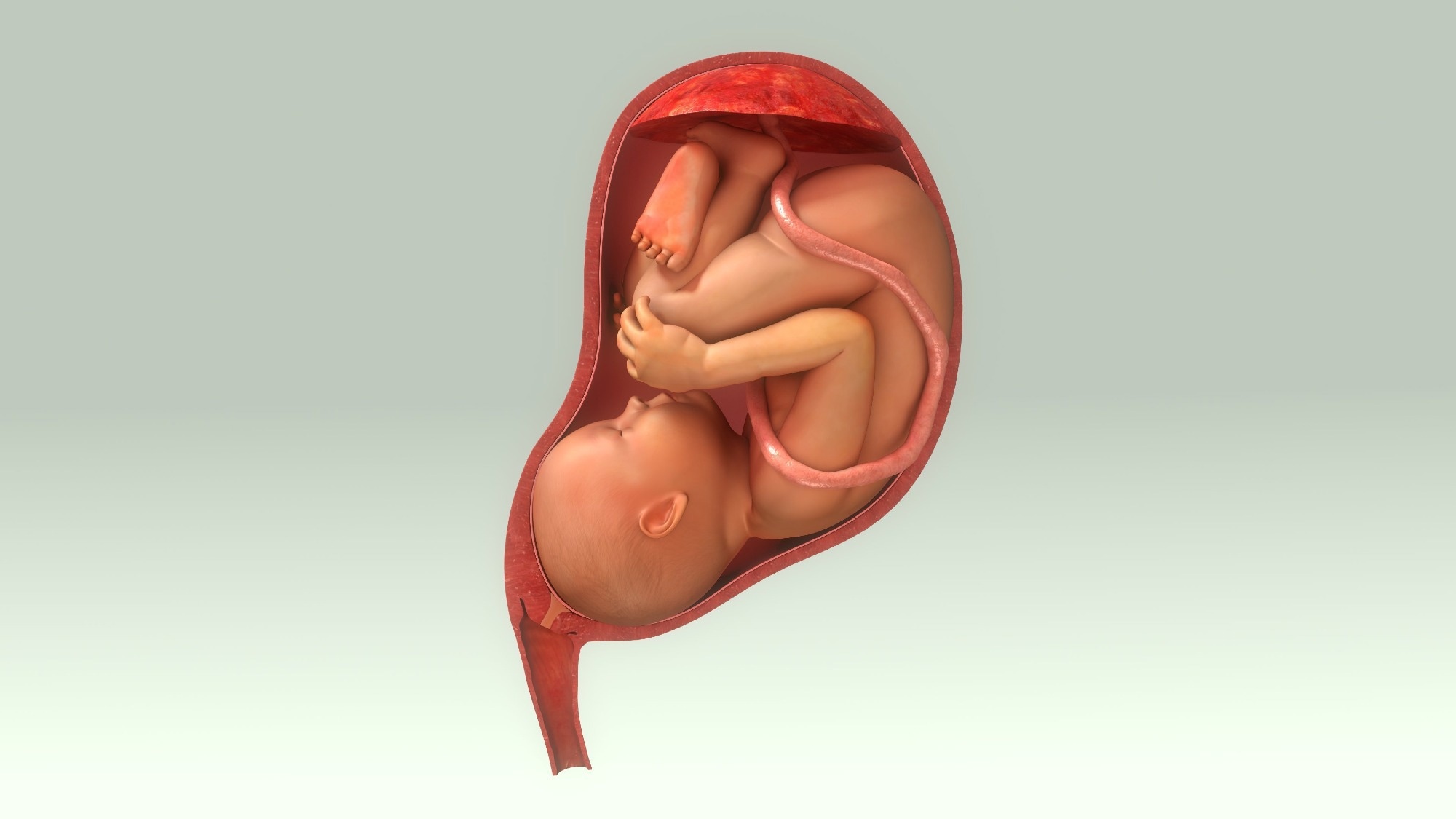The Impact of COVID-19 on Placental Development: Examining Morphometric and Textural Changes
Key Highlights :

The COVID-19 pandemic has caused unprecedented levels of stress and anxiety, not only for adults, but also for pregnant individuals. Pregnant individuals are particularly vulnerable to the physical and psychological effects of the pandemic, as they are exposed to a range of stressors such as financial insecurity, generalized anxiety, social distancing, and fear of death. In addition to the potential risks associated with contracting COVID-19, maternal stress can have a negative impact on intrauterine development, leading to preterm delivery, low birth weight, perinatal depression or anxiety, and behavioral or cognitive problems later in life.
To better understand the impact of the pandemic on prenatal development, a recent study published in the journal Scientific Reports examined the effect of maternal psychological distress during the COVID-19 pandemic on placental morphometry and texture. The study included 228 pregnant individuals, 165 of whom were from a pre-pandemic cohort and 63 from a pandemic cohort. Participants completed four questionnaires to assess their levels of stress and depression, and magnetic resonance imaging (MRI) scans were used to assess the structural and textural development of the placenta.
The results of the study showed that the pandemic cohort exhibited higher levels of maternal distress, as reflected by their responses to the questionnaires. The pandemic cohort also had increased placental volume and thickness, but reduced elongation, when adjusted for gestational age at MRI. Placental volume/thickness was unchanged when further adjusted for maternal distress. Additionally, the pandemic cohort exhibited lower mean gray level (GL) but higher kurtosis GL and skewness GL. Low/high GL run emphasis, short run low/high GL emphasis, and long run high GL emphasis were reduced in the pandemic cohort, whereas run length non-uniformity was elevated.
Further analyses revealed that the Edinburgh Postnatal Depression Scale (EPDS) and the Perceived Stress Scale (PSS) mediated the association between the pandemic status and placental features. In sensitivity analyses, maternal weight at the time of MRI was significantly associated with several textural features, such as mean, variance, or kurtosis GL and cluster shade or performance.
The findings of this study suggest that prenatal maternal distress caused by the COVID-19 pandemic is associated with altered placental morphometric and textural features. While the exact clinical implications of these changes on child neurodevelopment remain unclear, further studies are needed to better understand the potential impact of these differences.
